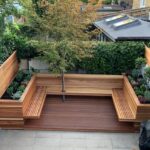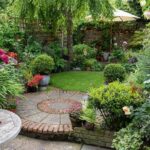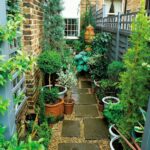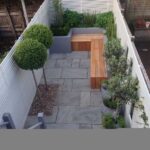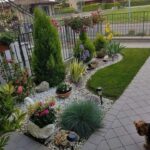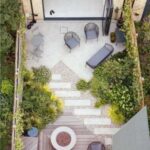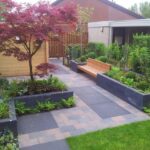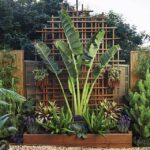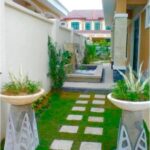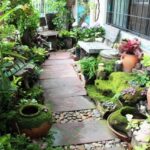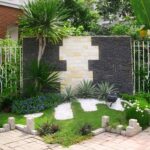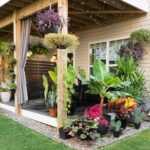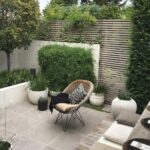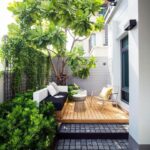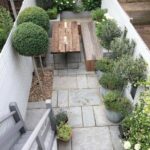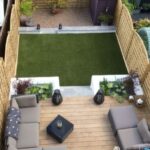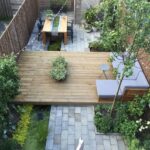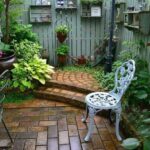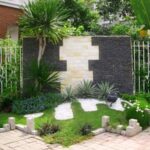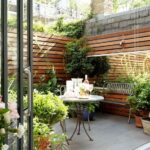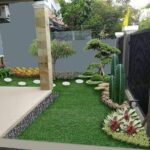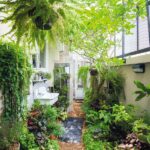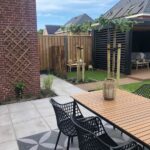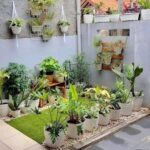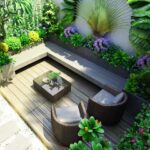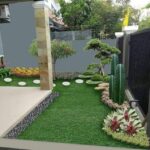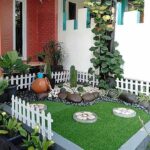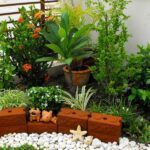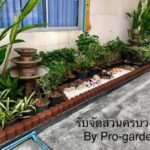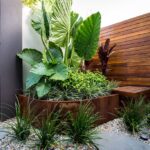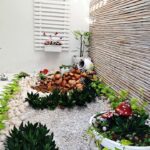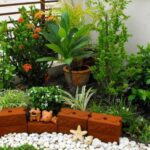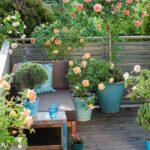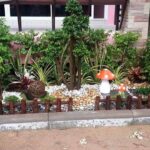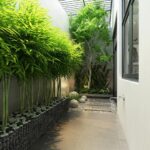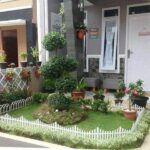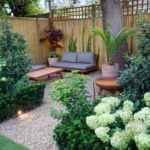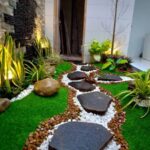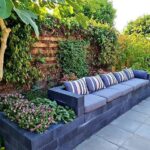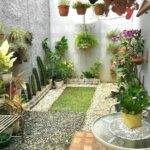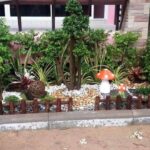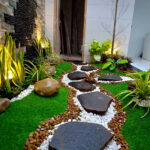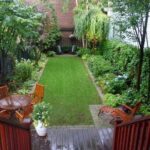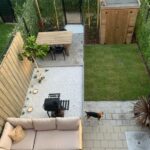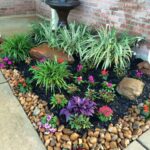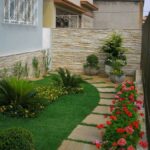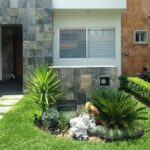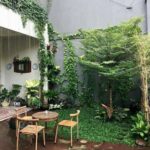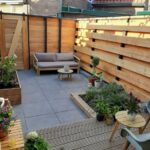Garden corner design for small spaces
A garden corner often stands as an overlooked part of outdoor spaces, but with thoughtful design, it can be transformed into a stunning focal point that enhances the entire garden. Here are some key elements and ideas to consider when designing a garden corner:
1. Choosing the Right Plants
Selecting plants suited for the light and soil conditions of your garden corner is crucial. Shade-loving plants like hostas, ferns, and astilbes are perfect for darker corners, while sun-loving species such as lavender, salvia, and roses thrive in bright spots. Incorporating a mix of perennials and annuals can provide year-round interest and color.
2. Creating Structure with Hardscaping
Adding hardscaping elements like a small bench, a birdbath, or a garden statue can give structure to the corner. Paving stones or a gravel path can lead the way to the corner, inviting exploration. A trellis or arbor with climbing plants like clematis or jasmine can add vertical interest and a sense of enclosure.
3. Incorporating Water Features
A small water feature, such as a fountain or a pond, can bring tranquility and attract wildlife. The sound of running water adds a soothing element to the garden, making the corner a peaceful retreat.
4. Using Containers and Raised Beds
For flexibility and ease of maintenance, consider using containers or raised beds. They allow you to control the soil quality and are ideal for small spaces. Containers can be moved to change the look of the garden seasonally, and raised beds provide better drainage and can be a solution for poor soil conditions.
5. Adding Lighting
Garden lighting extends the usability of the space into the evening and highlights key features. Solar-powered lights, fairy lights, or lanterns can create a magical atmosphere, emphasizing the textures and colors of the plants.
6. Personal Touches and Accessories
Personalize the garden corner with accessories like colorful cushions, a wind chime, or decorative stones. These touches make the space inviting and reflect your style.
7. Ensuring Functionality
While aesthetics are important, the corner should also be functional. Consider how you will use the space—whether it’s for reading, relaxing, or socializing—and design accordingly. Comfortable seating, shade options, and a small table can make the corner a versatile and enjoyable part of your garden.
